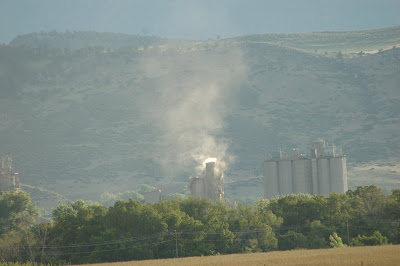Founded in 2006, Rocky Mountain Clean Air Action has grown to be a regional force for clean air. Under the leadership of Jeremy Nichols, its director, the Denver-based nonprofit group scored a number of victories that have left the region's air cleaner and healthier. Over the last two years, Rocky Mountain Clean Air Action has also championed a number of initiatives to tackle climate change.
Today's merger brings Rocky Mountain Clean Air Action under the fold of WildEarth Guardians, a Santa Fe-based environmental group with offices in Denver and Phoenix. In doing so, the merger significantly enhances WildEarth Guardians' Climate and Energy Program and boosts the progress Rocky Mountain Clean Air Action has made toward cleaner air and a safer climate.
The merger also puts Jeremy Nichols in charge of WildEarth Guardians' Climate and Energy Program.
WildEarth Guardians will continue to support all of Rocky Mountain Clean Air Action's prior work, including efforts to clean up unhealthy ozone air pollution in the Denver metro region, clean up the CEMEX cement plant in north Boulder County, Colorado, and to hold the oil and gas industry accountable to safeguarding clean air and the climate throughout the region.
You can reach Jeremy Nichols at the Denver Office of WildEarth Guardians, 1536 Wynkoop, Suite 302, Denver, CO 80202, 720-563-9306, jnichols@wildearthguardians.
And check out WildEarth Guardians' Climate and Energy Program!
